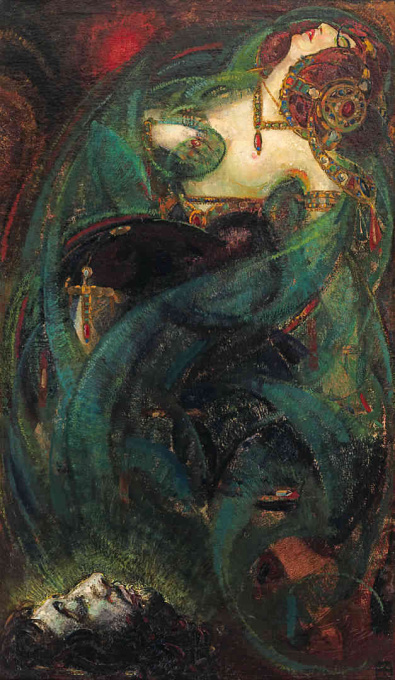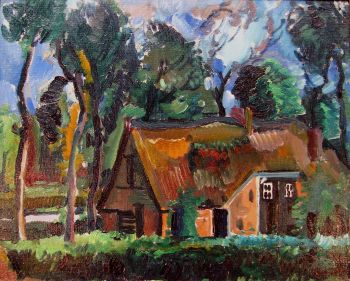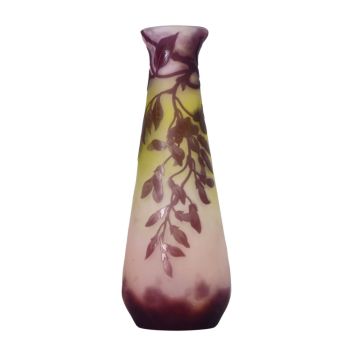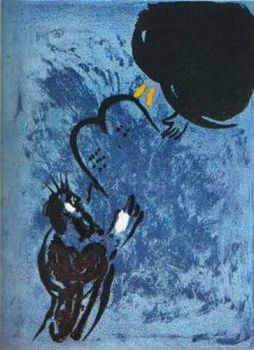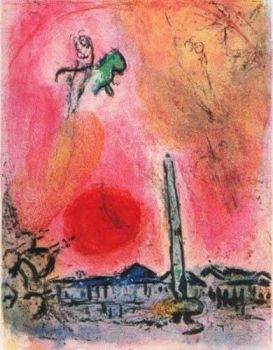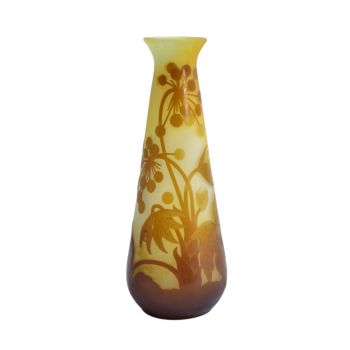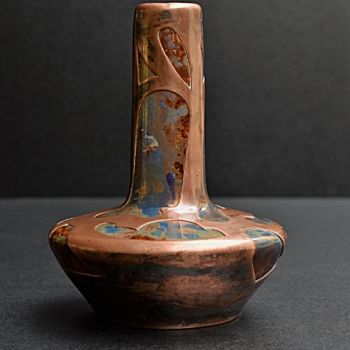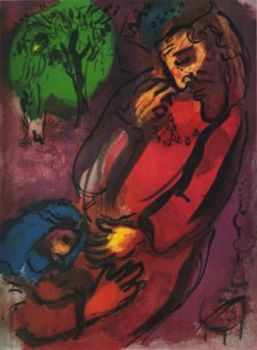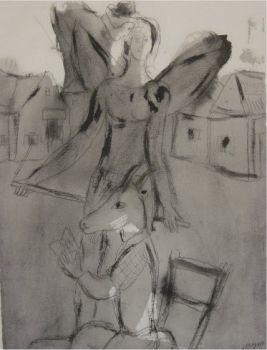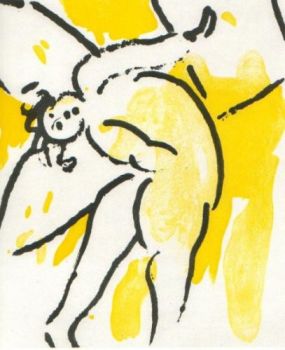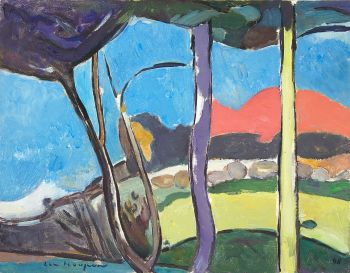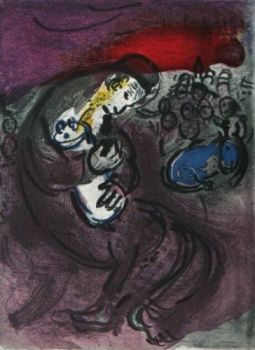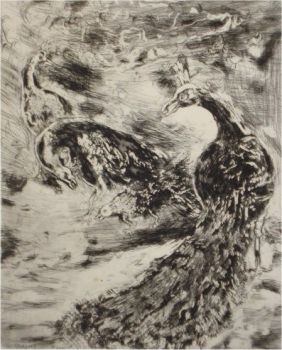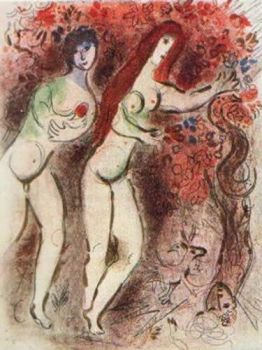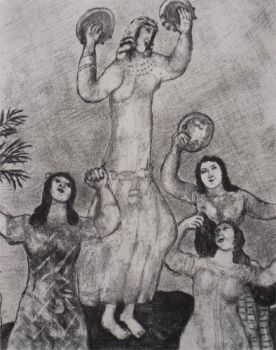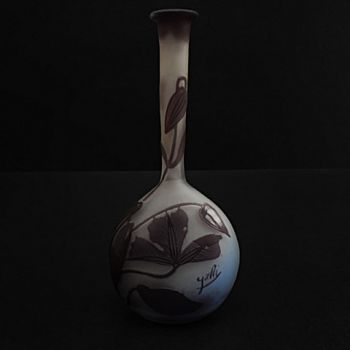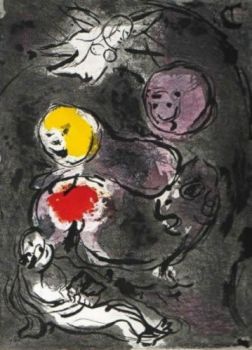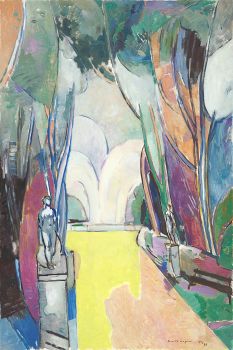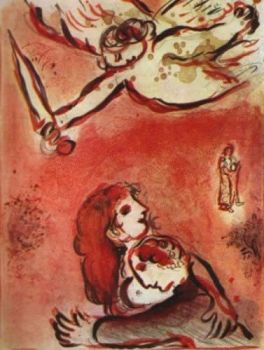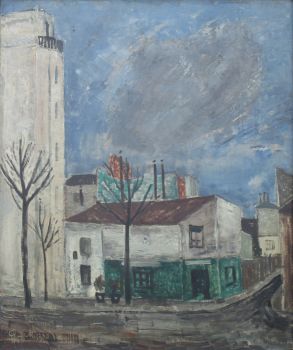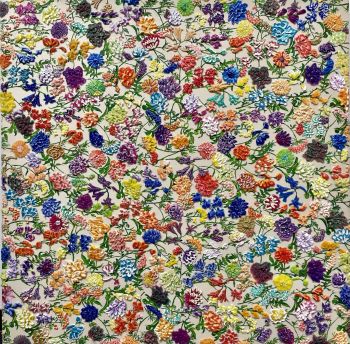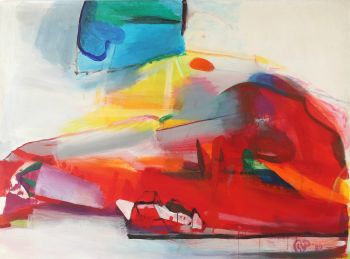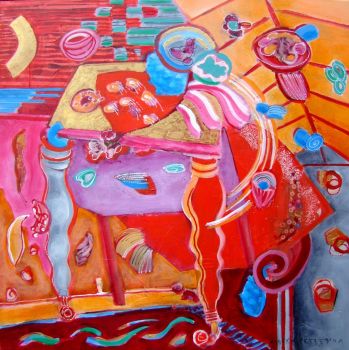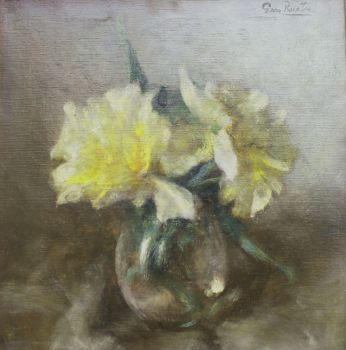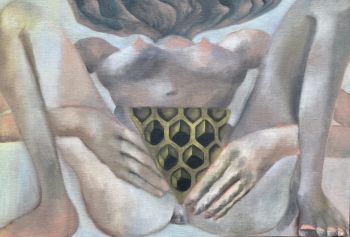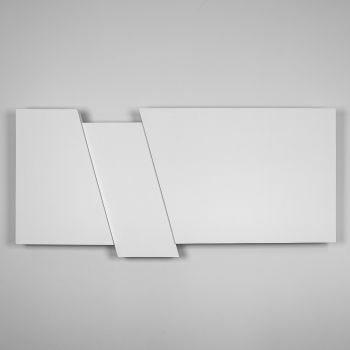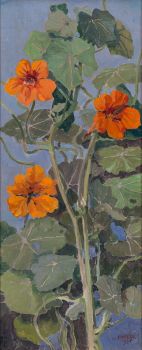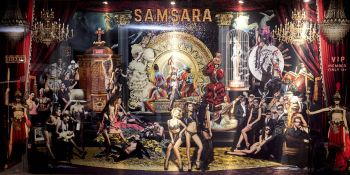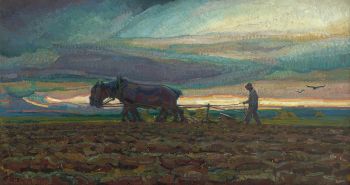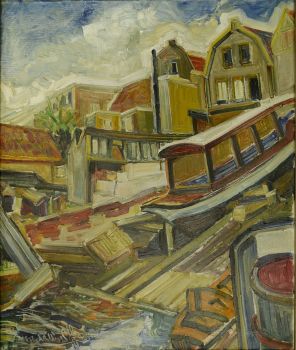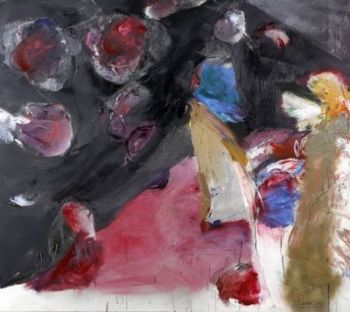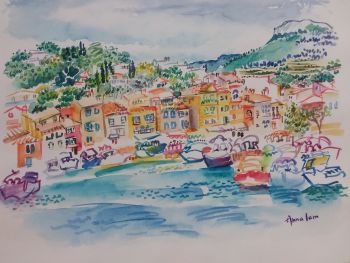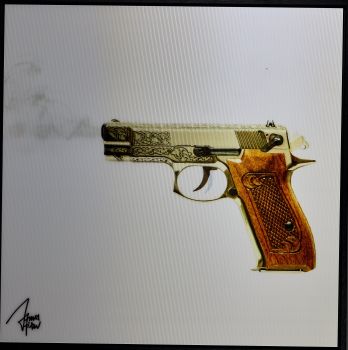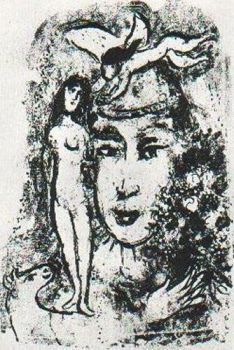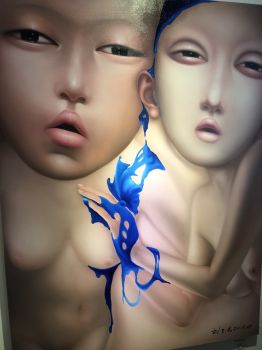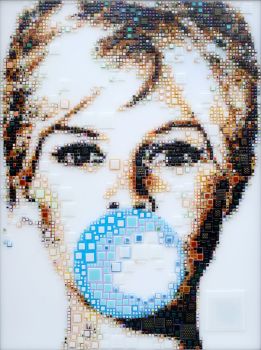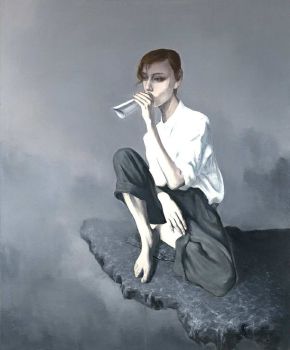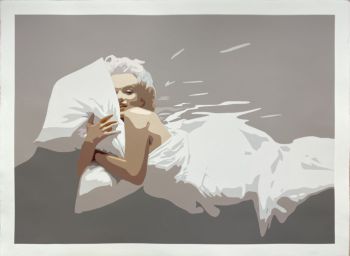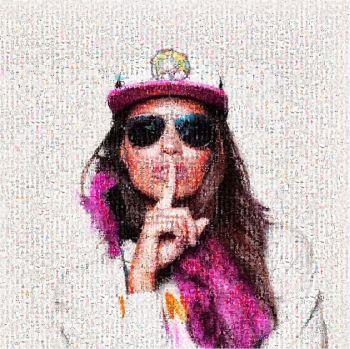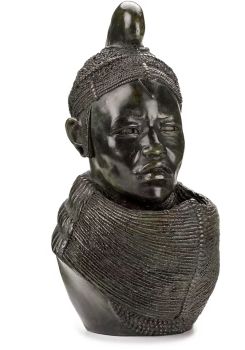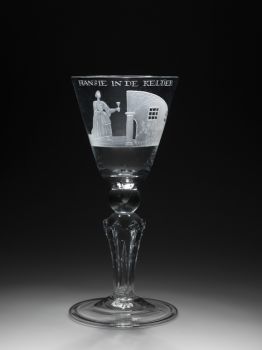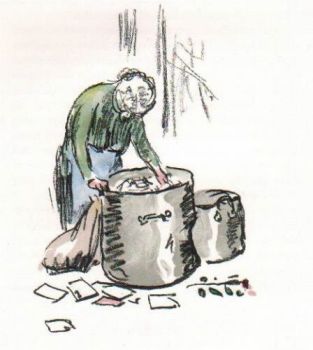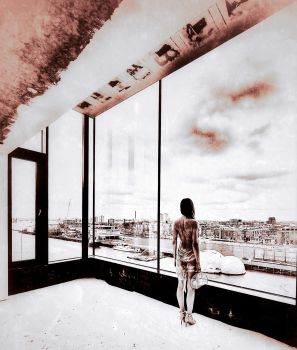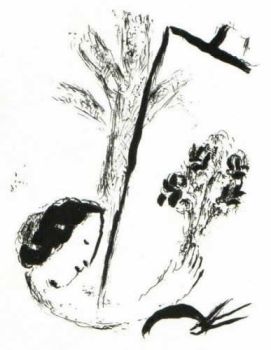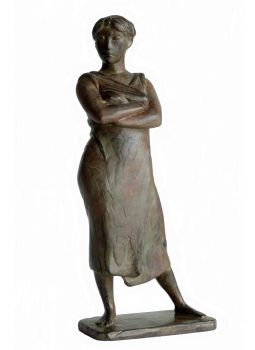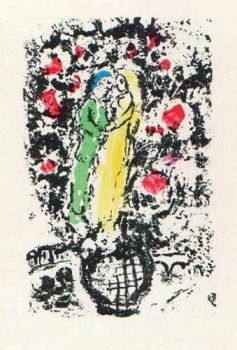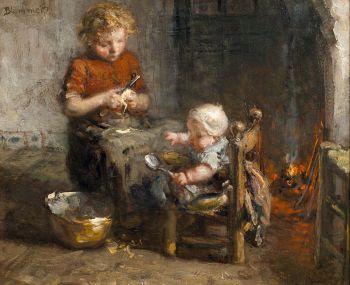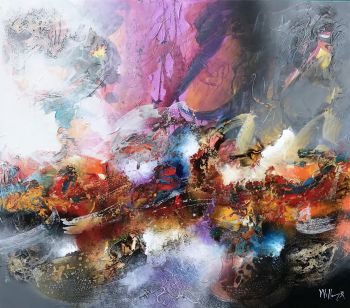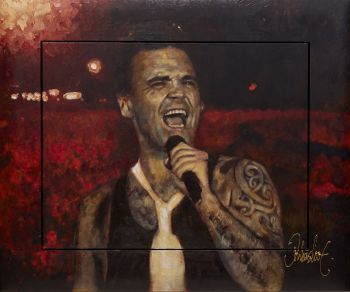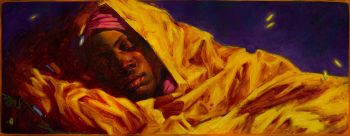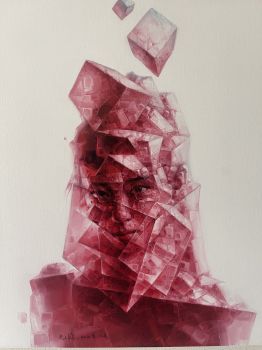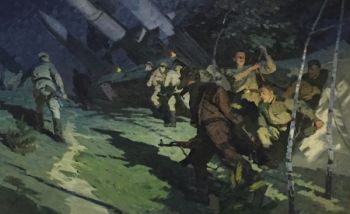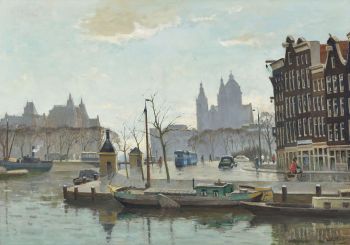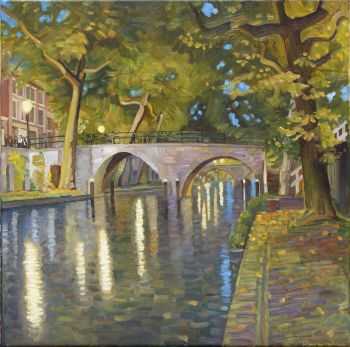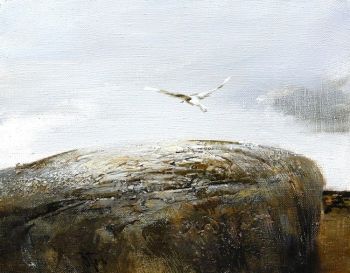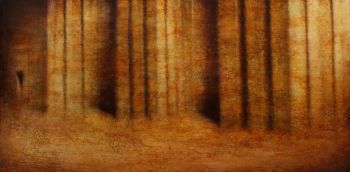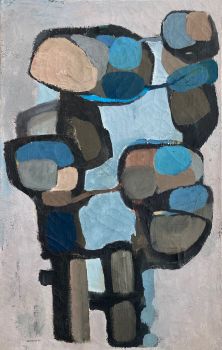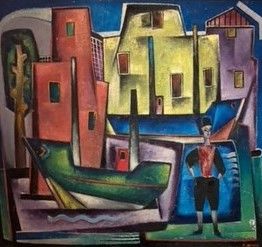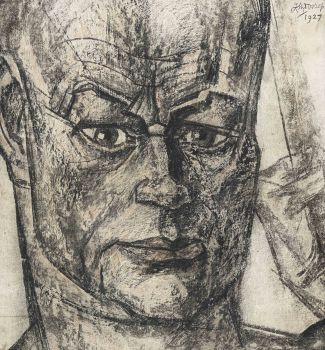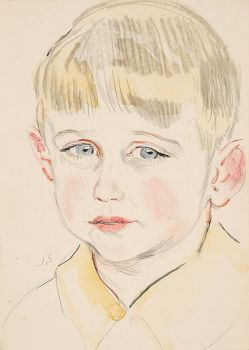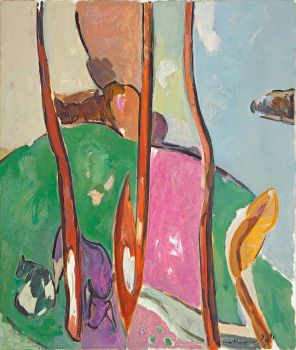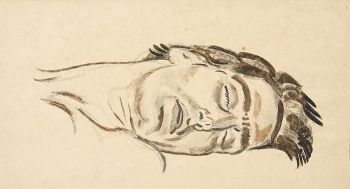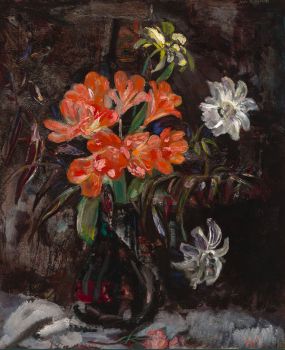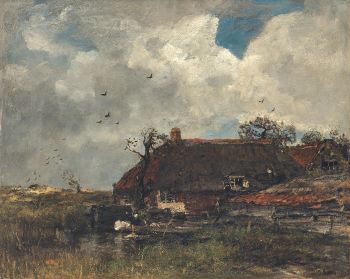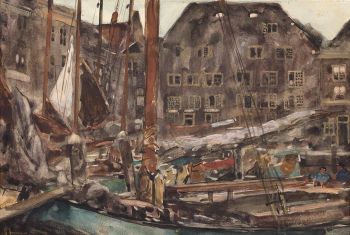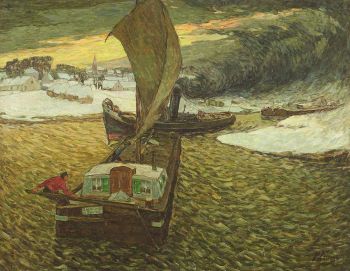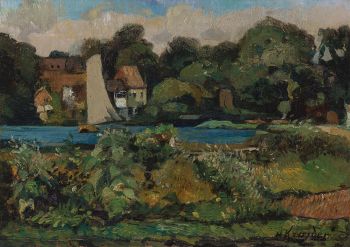"Salomé" 1918
Harmen Meurs
Original oil on canvas
139 ⨯ 81 cm
Price on request
Studio 2000 Art Gallery
- About the artwork
Olieverf op doek
139 x 81,5 cm.
Gesigneerd en gedateerd: rechts onder met monogram ‘1918’
Herkomst: Particuliere collectie, Nederland; Kunsthandel Jacques Fijnaut.
Literatuur: Adriaan Venema, Nederlandse schilders in Parijs 1900-1940, Baarn 1980, p. 256 (ill.); Adriaan Venema, Harmen Meurs 1891-1964, uitgave in eigen beheer, s.a., p. 10 (ill.).Harmen Meurs woonde en werkte in Amsterdam, vanaf 1940 op de Veluwe. Maakte enkele reizen naar Parijs en verbleef er langere tijd van 1918 tot 1919. Schilderde in Parijs stadsgezichten en schilderijen in symbolistische trant. (Uit: Venema, p. 257). Adriaan Venema schrijft in zijn monografie over Meurs (p. 8): ‘Over het werk tussen 1915 en
1920 schreef hij [Meurs] in februari 1921: ‘De laatste jaren herhaaldelijk naar Frankrijk geweest. Veel figuur en stadsgezichten geschilderd onder invloed van expressionisme en kubisme. Ik schilder nu de verschijning van het gegeven, innerlijk gegroeid tot monumentaliteit”. Onbetwistbaar hoogtepunt uit die jaren is zijn schilderij Salomé geweest, waarin hij een monumentale vorm [vond] voor het : “overheerschend dramatische” van het beeld en waarin hij nauw aansloot bij het werk van de Weense school.’ - About the artist
Harmen Hermanus Meurs was a Dutch painter and aquarellist. Between 1909 and 1912 he went to the Rijksschool voor Kunstnijverheid and the Rijksakademie van Beeldende Kunsten (National Academy of Fine Arts), both in Amsterdam.He was teached by Louis Raemaekers, a political cartoonist. In 1918, Meurs joined the artist accociation De Onafhankelijken (The Independents). He was their chairman until 1932.
Meurs became a well-known artist who also exhibited abroad. He painted landscapes, cityscapes, and portraits but mainly specialized in painting peasantry scenes and still lives of flowers. His style initially was post-Impressionist. Later he was inspired by Expressionism and Fauvism. From the 1925 on, his work got more realistic and was akin to the ‘Neue Sachlichkeit’ (New Objectivity).
He was active in the Netherlands and France. He went to Paris for an exhibition of German and Belgium Surrealism in 1930, on behalf of De Onafhankelijken. That exhibition, in the Stedelijk Museum, was the first exhibition on Surrealism in the Netherlands.
Meurs was a fierce opponent of the Nazi’s and showed that in his works. He refused to become a member of the Reichskulturkammer and became isolated as an artist. After the war he travelled to Spain and France. Meurs kept painting until his death in 1964.
Are you interested in buying this artwork?
Artwork details
Related artworks
Frères Daum
Daum Nancy – “Paysage Soleil Couchant” vase with two applied handles1900 - 1910
Price on requestAntiques Emporium
1 - 4 / 24- 1 - 4 / 24
- 1 - 4 / 24
- 1 - 4 / 24
- 1 - 4 / 12

